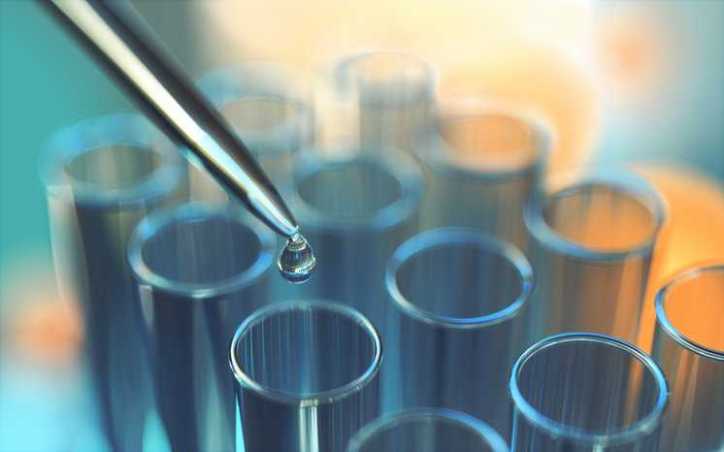Bioburden testing is a critical component for medical device manufacturing to ensure the safety of the product and the user.
Why Is Bioburden Testing Important?
Bioburden testing occurs just before the final sterilization process for a medical device or product and measures the level of contaminants present on the piece.
Bioburden testing is of the utmost importance because it provides insight into the level and intensity of sterilization needed and informs the choice of sterilization method. The final sterilization process is the last barrier of protection before the device reaches patients and users and is the most critical step in keeping unwanted contaminants from causing harm. Bioburden testing and proper sterilization are especially important in the medical industry, where patients are vulnerable to infection or illness.
Infographic provided by Technical Safety Services
What Does Bioburden Testing Tell Us?
The results of bioburden testing provide key information for a number of different uses and applications. These include:
- Choosing the proper sterilization process: With a better understanding of what types of contaminants are present, and at what levels, engineers are better able to determine the most effective sterilization process and procedure.
- Gaining insight into the manufacturing process: Unexpected results in bioburden testing can provide valuable insight into the manufacturing process, including any potential issues that may be introducing unnecessary contaminants into the product.
- Protecting the device: Bioburden testing helps to ensure that the right sterilization method is chosen, both in terms of eliminating contaminants as well as preventing the use of methods that may be improper or incompatible with the device. For example, some sterilization procedures may occur at temperatures that are too high for certain materials, which can damage the device and reduce its effectiveness and safety.
Bioburden testing can be used for a broad cross-section of contaminant types, including:
- Aerobic bacteria
- Anaerobic bacteria
- Spores
- Fungi
What Is the Bioburden Testing Process?
The bioburden testing process involves several steps, each of which must be followed in order to ensure the accuracy, validity, and effectiveness of the process. These steps are:
- Extract a material sample from the device or product.
- Identify the contaminants that should be tested for and determine the corresponding correct testing process or processes.
- Conduct the required test or tests, following all required steps and procedures.
- Extrapolate the overall contaminant rate based on the results from the sample.
- Validate the testing procedure by using a standardized sample with a known quantity of contaminants present. The validation process is critical in ensuring that the bioburden test is reliable and accurate. In order to be properly validated, in addition to accurately measuring the levels of contaminants that are present, a testing process must be non-destructive (it must not neutralize contaminants, which would result in an artificially low result).
- Based on test results, identify the proper sterilization method and calibration, and carry out the sterilization process.
Bioburden testing may also be carried out via the most probable number (MPN) method, where the sample is monitored in a controlled environment for a seven-day incubation period and contaminant growth levels are measured.
It is also important to note that while bioburden testing should always be carried out as the last step before the terminal sterilization process, it can also occur at any other point in the manufacturing process—for example, if the integrity of the manufacturing setting is called into question.
Bioburden testing can be useful in several different areas of the medical device manufacturing process, including:
- Water supply testing
- Quality control through random production sample testing
- Testing prior to sterilization
- Critical decontamination
See the accompanying resource for even more details about bioburden testing applications and procedures.
ANAB Laboratory Related Accreditation
Please note that the information included in this resource and in this post does not reflect the requirements for ANAB accreditation. To learn more about various laboratory related accreditation programs, please see below:
ANAB Accreditation for ISO/IEC 17043 Proficiency Test Providers
ANAB Accreditation for ISO 17034 Reference Material Producers
Contributing Author: Steve Gonzales, CEO, Technical Safety Services
Steve Gonzales is CEO of Technical Safety Services, which provides testing, certification and calibration of equipment and controlled environment crucial to the success of the biopharma, medical device, academic research and food production industries.
